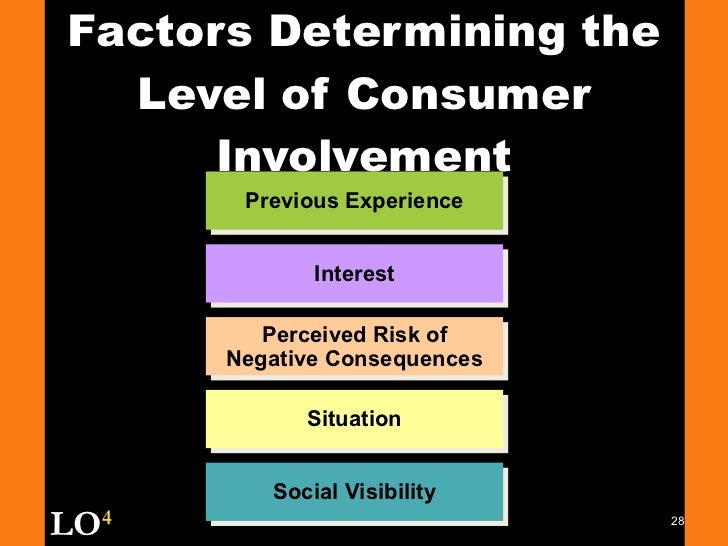This week's classes focused on the differences between Business to Business (B to B) and Business to Consumer (B to C) purchasing processes as well as market research. Both discussions were aided by the example of Phone Soap, a product pitched on Shark Tank that uses UV light to clean/sanitize a phone while charging it.
On Tuesday we discussed the B to B and B to C buying processes. Part of the Shark Tank episode talked about whether this product belonged to the B to B market or the B to C market. The sharks were conflicted. However, I think it could fit in either market. Phone Soap would be a great product to sell to hospitals and other healthcare providers. Additionally, people who are very adamant about cleanliness or who care deeply about their phones would also be a great market for this product.
Although this is the case, the buying process would be much different. A consumer would probably just go into a store like Staples for another product, see Phone Soap as they were walking around, and decide to buy it before they leave the store. However, the process for a business to buy Phone Soap might be much more complicated. This is because someone would have to recognize the need for this product and then bring this need into the focus of administrators. After that, more research would have to be done about the product and how much they might need to order. Next, a purchasing agent would have to be notified and contact the accounting department to find out what account number to charge the purchase to. Then they'd have to purchase the items and accounting would have to pay for them when they arrive. Clearly, these two processes are extremely different.
However, in both situations, Phone Soap would be considered a new buy because the consumer or business has never used the product before and decided to purchase it either with or without much research or information. These products could become modified rebuys if a similar product is made by another company for cheaper or if upgrades are made by Phone Soap and the organization decides to purchase one of those products. Additionally, if the same product was purchased again in the future, they would be considered a straight rebuy.
On Tuesday we also discussed market segment needs and business models. A good market segment is:
There are two types of business models, volume and margin. A volume model focuses on selling to a lot of people who may not be willing to pay as much for a product. A company with this model is:
A margin model focuses on selling to less people that are willing to pay more for a good or service. A good example of a margin business model is the one carried out by:
Thursday's class focused on market research. In class we talked a lot about Phone Soap and the survey questions that each group came up with. Five key points I took away from our discussion of survey questions are listed below:
1. Put personal questions such as income, etc towards the end so if people decide not to answer them/get angry they have already filled out the rest of the survey.
2. Start with easier questions that don't require much thinking to get the survey taker gradually into the survey.
3. Try to avoid using "and" because it usually garners an unfinished response. Additionally it might cause confusion about what part of the question they are answering or if their answer applies to all aspects.
4. Don't be afraid to guide them along the way by providing ranges of answers or multiple choice.
5. Understand and define your audience or who will be taking the survey.
This week allowed me to look at our Smart Project in a much different way. By this I mean that it opened my eyes to thinking about things I would not have considered otherwise. For example, from the beginning I assumed our target market would be straight to college students, or consumers. However, there may be a very good potential market in selling to colleges/universities because they meet all of the viable market criteria and would get our product "in the doors" rather than waiting for a student to buy it. Additionally, I realized that we will need to do a lot more market research in order to understand exactly who our target market will be and the best way to go about selling to them.
In general, this week has been extremely informative and helped me put what is written about in the book into perspective by applying it to real world situations such as Phone Soap.
Until next week!
-Kristen







